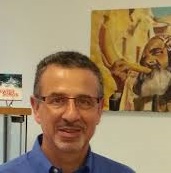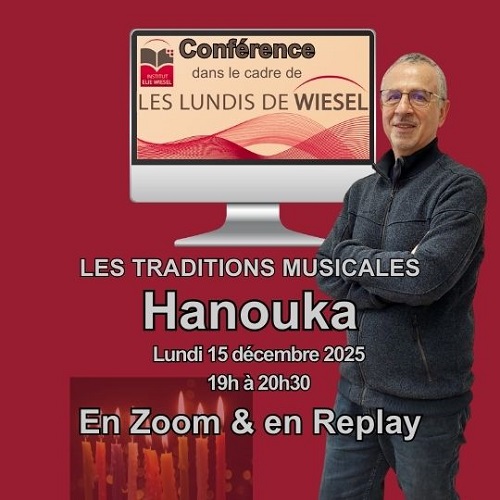
As part of the day of study Vox Aurea-Via Sacra 2014, dedicated to sacred Jewish music, Hervé Roten an ethnomusicologist and the director of the European Institute of Jewish Music presents a vocal panorama of the Jewish tradition through time and space
Listen to the lecture below
Singing has always been present in Judaism, in the synagogue of course, but also at home. It marks the different Jewish holidays and the important moments of life, from birth to death, passing by the circumcision, the bar-mitsva, and wedding.
Very young, all Jewish children learn the letters of the Hebrew alphabet by chanting their names. This custom continues when they study the Biblical texts and when they say the prayers. The singing then helps to memorize and to punctuate the liturgy according to the different traditions.
Singing is also a way to define an identity. Every Jew recognize himself through his community and his tradition. If Hebrew is the established link to all Jews (or almost), the melodies and vocal techniques are very different from one tradition to another. 2000 years of diaspora took part in these changes.
Among his publications: Musiques liturgiques juives : parcours et escales, Paris, cité de la musique/Arles, Actes 1998; Les traditions musicales judeo-portugaises en France, Paris, Maisonneuve & Larose, 2000




